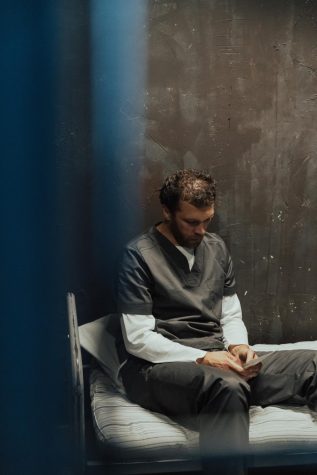Election 2016: Question 2 Review
On November 8th, voters went to the polls to decide on whether to vote for or against Question 2. This question deals with expanding the amount of charter schools in Massachusetts by approving 12 new charter schools and expanding existing charter schools to increase the enrollment. Charter schools are publicly funded, independent schools established by teachers, parents, or community groups under the terms of a five year charter. A charter is a written grant by a country’s legislative power by which an institution, such as a school, is created and its rights and privileges defined. Charter schools are unique public schools that are allowed to be more innovative while being held accountable for advancing student achievement.
Charter schools have a limit to the number of establishments that can be in the state, and they have reached capacity at this point. A “yes” on this question would provide enough money to create 12 new charter schools or allow for enrollment expansions within existing charter schools. This would allow more students from public schools to access a better education. Charter schools don’t have special entrance exams and don’t charge tuition.Through charter schools, students from struggling public schools will be given the opportunity to obtain a better education. When transferring to a charter school, students are taken out of their current public school and take with them a sum of funding money going to the public school system. Both the student and the sum of money would then be placed into the charter school system of his/her choice.
Charter schools create a place where parents can be more involved in their students’ education. A higher percentage of students who attend a charter school get accepted into college. The down side to the high popularity of charter schools is that too many transfers would remove needed funding from public schools, which are already limited in the amount of money they receive. The lack of students in public schools would also be visible, which provides fewer reasons for towns to allot more funding to the budget for such public schools. A “no” vote on this question would lower the risk of harming the education being given to children in traditional public schools.
After all the votes on the ballot were cast, the “no” vote on Question 2 won and was made an official policy for the upcoming years.
Of those that were in support of charter schools, many argued that they wanted to expand the existing limit of funding going to charter school systems. This was because their local public schools couldn’t fulfill their expectations for their child’s education. Many public schools are disadvantaged with poor funding and limited resources. Many students are in agreement that attending a charter school gives them higher education levels, and are backed up by studies showing higher achievement and test scores in charter schools. However, with the current admittance cap in effect now, there were many students waiting to get in because there is a lack of space in the classrooms. Entering a charter school requires one to win a lottery, meaning there is no guarantee of instant enrollment. An expansion of twelve more a year plus expansions on enrollment, however, would allow more students to attend such charter schools.
On the other hand, those who did not support Question 2 argued that supporting charter schools will only worsen the issue of lack of funding in public schools. By continuing the expansion of charter schools, more sources and money would be taken out of the budget that public school depend on. For every transfer made, there is money being taken out of the funding for public schools and placed into charter schools. Some also felt that charter schools aren’t regulated enough. Because the charter schools are managed by outside groups that are somewhat autonomous from the state government, they have more discretion with funds and hiring decisions, a fact that has led to reports of mismanagement and fraud at many charters around the country.
This question was voted against by 62% of the state with 2,004,932 votes. In summation, the attitude that adding more charter schools or enrollment expansions would be removing more money from the public schools (possibly denying the students in them classes in the art, music, technology and science departments, and funding for sports teams and other extra curricular activities) was more widely supported. This vote could help better the education of those students in traditional public schools, or at least not make it worse.






